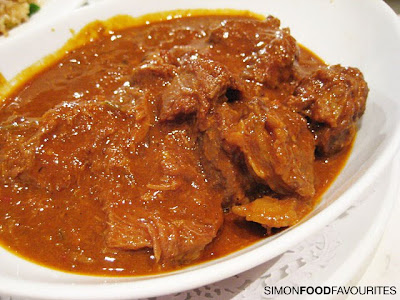 Historically the term rendang in Minangkabau language doesn’t confer with a certain type of dish. That’s the reason I only known as for one spicy chile pepper, in combination with a bell pepper, to supply an analogous taste profile with the option of increasing peppers based mostly on warmth tolerance (the recipe reads, to style” – there isn’t any value in a recipe that is too spicy to enjoy, so I always construct recipes to be delicate with the choice to add spice).
Historically the term rendang in Minangkabau language doesn’t confer with a certain type of dish. That’s the reason I only known as for one spicy chile pepper, in combination with a bell pepper, to supply an analogous taste profile with the option of increasing peppers based mostly on warmth tolerance (the recipe reads, to style” – there isn’t any value in a recipe that is too spicy to enjoy, so I always construct recipes to be delicate with the choice to add spice).
I’m not quite certain the real difference between sirloin and tenderloin, but iinm both are meat with lesser marbling as you call it. Rendang usually is cooked below long time frame, so if you’re using tenderloin meat, a few of the chunks (depending on the cuts) will brittle away that creates a thick gravy.
Malaysian styles of rendang are usually cooked for shorter periods and use kerisik (toasted grated coconut) to thicken the spice, four as a substitute of stirring over a low warmth for a lot of hours to evaporate the coconut milk as Indonesian rendang requires.
The aim of posting my recipe of this dish, and all traditional dishes on my site, is to not completely recreate a dish, but to find a steadiness between new tastes and obtainable elements in a means that’s pleasing to the Western palate (an amazing majority of my readers are from the United States, with many in Canada, the UK, and Australia).
This beef rendang recipe is filled with flavour from umami beef , soy and fish sauce, aromatic ginger and lemongrass and a mix of heady spices tempered by coconut This stunning curry recipe is taken from PRIME: The Beef Cookbook by Richard H. Turner, revealed by Mitchell Beazley Pictures by Paul Winch-Furness.
